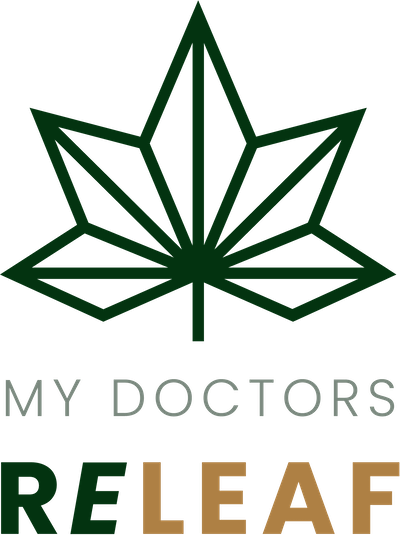Why hasn’t more research been done? One reason is that the U.S. Drug Enforcement Administration (DEA) considers marijuana a Schedule I drug, the same as heroin, LSD, and ecstasy, and likely to be abused and lacking in medical value. Because of that, researchers need a special license to study it, says Marcel Bonn-Miller, PhD, a substance abuse specialist at the University of Pennsylvania Perelman School of Medicine.
That may not change anytime soon. The DEA considered reclassifying marijuana as a Schedule II drug like Ritalin or oxycodone, but decided to keep it as a Schedule I drug.
He shared some background on medical marijuana’s uses and potential side effects.
What is medical marijuana?
Medical marijuana uses the marijuana plant or chemicals in it to treat diseases or conditions. It’s basically the same product as recreational marijuana, but it’s taken for medical purposes.
The marijuana plant contains more than 100 different chemicals called cannabinoids. Each one has a different effect on the body. Delta-9-tetrahydrocannabinol (THC) and cannabidiol (CBD) are the main chemicals used in medicine. THC also produces the “high” people feel when they smoke marijuana or eat foods containing it.
What is medical marijuana used for?
- Alzheimer’s disease
- Appetite loss
- Cancer
- Crohn’s disease
- Diseases affecting the immune system like HIV/AIDS or Multiple Sclerosis (MS)
- Eating disorders such as anorexia
- Epilepsy
- Glaucoma
- Mental health conditions like schizophrenia and posttraumatic stress disorder (PTSD)
- Multiple sclerosis
- Muscle spasms
- Nausea
- Pain
- Seizures
- Wasting syndrome (cachexia)
How does it help?
Cannabinoids — the active chemicals in medical marijuana — are similar to chemicals the body makes that are involved in appetite, memory, movement, and pain.
Limited research suggests cannabinoids might:
- Reduce anxiety
- Reduce inflammation and relieve pain
- Control nausea and vomiting caused by cancer chemotherapy
- Kill cancer cells and slow tumor growth
- Relax tight muscles in people with MS
- Stimulate appetite and improve weight gain in people with cancer and AIDS
Can medical marijuana help with seizure disorders?
Medical marijuana received a lot of attention a few years ago when parents said that a special form of the drug helped control seizures in their children. The FDA recently approved Epidiolex, which is made from CBD, as a therapy for people with very severe or hard-to-treat seizures. In studies, some people had a dramatic drop in seizures after taking this drug.
Has the FDA approved medical marijuana?
The cannabidiol Epidiolex was approved in 2018 for treating seizures associated with two rare and severe forms of epilepsy, Lennox-Gastaut syndrome and Dravet syndrome. In addition, the FDA has approved two man-made cannabinoid medicines — dronabinol (Marinol, Syndros) and nabilone (Cesamet) — to treat nausea and vomiting from chemotherapy.
How do you take it?
To take medical marijuana, you can:
- Smoke it
- Inhale it through a device called a vaporizer that turns it into a mist
- Eat it — for example, in a brownie or lollipop
- Apply it to your skin in a lotion, spray, oil, or cream
- Place a few drops of a liquid under your tongue
How you take it is up to you. Each method works differently in your body. “If you smoke or vaporize cannabis, you feel the effects very quickly,” Bonn-Miller says. “If you eat it, it takes significantly longer. It can take 1 to 2 hours to experience the effects from edible products.”
Casarella, J. (2021). Medical marijuana FAQ. WebMD. Retrieved August 19, 2022, from https://www.webmd.com/a-to-z-guides/medical-marijuana-faq

